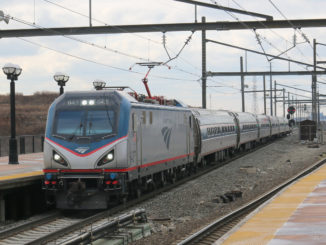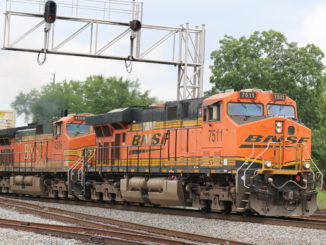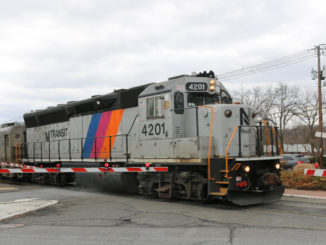
Railroads only implemented Positive Train Control (PTC) on 10,163 of nearly 57,848 required route miles between Q1 2009 and Q4 2016.
However, they increased the number to 45,933 miles between the close of 2016 and the close of 2018, federal officials said.
In only the last two years, that’s an improvement from 16 percent to 83 percent for freight, and 24 percent to 30 percent for passenger rail. Congress mandated railroads implement PTC as part of the Rail Safety Improvement Act, which became law in October 2008.
In the eight years between 2008 and the end of 2016, just 9,465 locomotives were equipped with PTC from a total of 22,577. Between 2016 and 2018, this number increased to 19,592.
As a percentage, in the last two years locomotives equipped with PTC increased from 42 percent to 100 percent for freight railroads and from 41 percent to 91 percent for passenger railroads.
Just 212 track segments were completed in the eight years between 2008 and 2016. In only two years that number increased to 750 at the close of 2018- between freight and passenger rail, this was a 24-98 percent improvement for freight and 13-92 percent for passenger rail.
From the end of 2016 to the end of 2018, railroads deemed “at-risk” of failing to meet the PTC deadline dropped from 18 to 0, according to the Department of Transportation.
These represent more significant gains in the last two years than in the prior eight years combined.




